Name Bert Sakmann | Role Physiologist | |
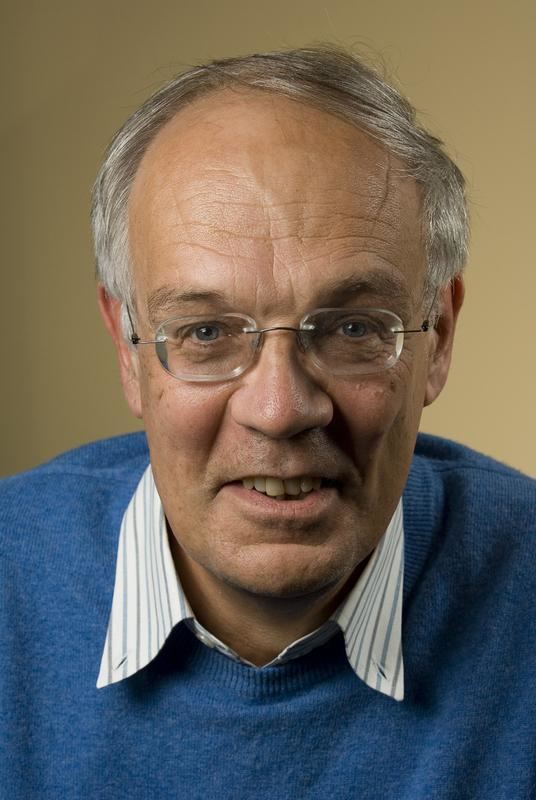 | ||
Born 12 June 1942 (age 83) ( 1942-06-12 ) Institutions Max Planck Institute of NeurobiologyUniversity College London Notable awards Louisa Gross Horwitz Prize (1986)Harvey Prize (1991)Nobel Prize for Physiology or Medicine (1991)ForMemRS (1994) People also search for Erwin Neher, Shosaku Numa, Ullrich Georg Trendelenburg, Hans Neurath | ||
Journal of physiology consulting editors bert sakmann
Bert Sakmann (born 12 June 1942) is a German cell physiologist. He shared the Nobel Prize in Physiology or Medicine with Erwin Neher in 1991 for their work on "the function of single ion channels in cells," and invention of the patch clamp. Bert Sakmann was Professor at Heidelberg University and is an Emeritus Scientific Member of the Max Planck Institute for Medical Research in Heidelberg, Germany. Since 2008 he leads an emeritus research group at the Max Planck Institute of Neurobiology.
Contents
- Journal of physiology consulting editors bert sakmann
- Bert sakmann nobel prize in physiology or medicine global ideas
- Life and career
- Awards and honors
- References
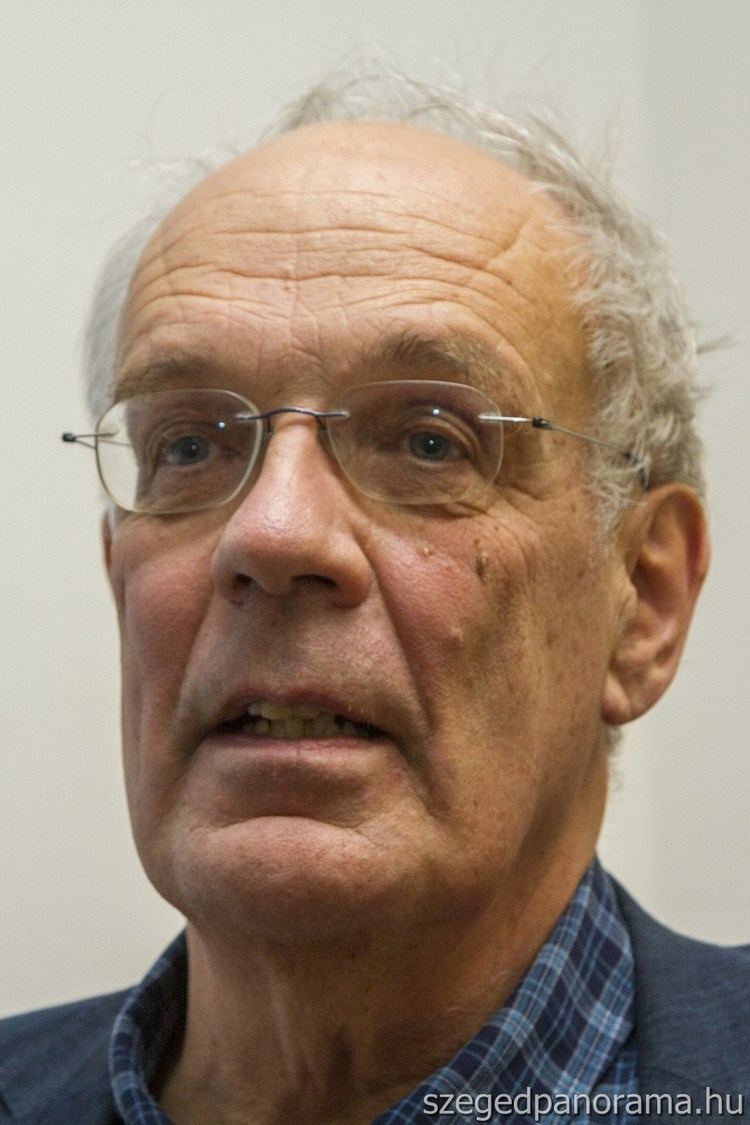
Bert sakmann nobel prize in physiology or medicine global ideas
Life and career
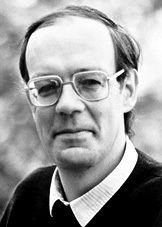
Sakmann was born in Stuttgart, the son of Annemarie (née Schaefer), a physical therapist, and Bertold Sakmann, a theater director. Sakmann enrolled in Volksschule in Lindau, and completed the Wagenburg gymnasium in Stuttgart in 1961. He studied medicine from 1967 onwards in Tübingen, Freiburg, Berlin, Paris and Munich. After completing his medical exams at Ludwig-Maximilians University in Munich, he became a medical assistant in 1968 at Munich University, while also working as a scientific assistant (Wissenschaftlicher Assistant) at Munich's Max-Planck-Institut für Psychiatrie, in the Neurophysiology Department under Otto Detlev Creutzfeldt. In 1971 he moved to University College London, where he worked in the Department of Biophysics under Bernard Katz. In 1974, he completed his medical dissertation, under the title Elektrophysiologie der neuralen Helladaptation in der Katzenretina (Electrophysiology of Neural Light Adaption in the Cat Retina) in the Medical Faculty of Göttingen University.
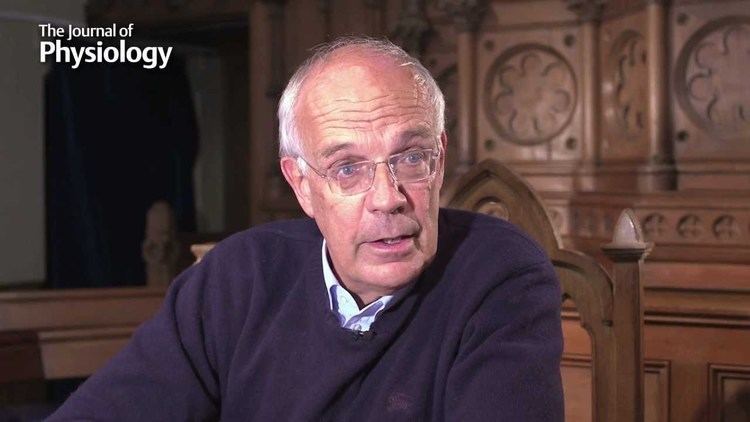
Afterwards (still in 1974), Sakmann returned to the lab of Otto Creutzfeldt, who had meanwhile moved to the Max Planck Institute for Biophysical Chemistry in Göttingen. Sakmann joined the membrane biology group in 1979.
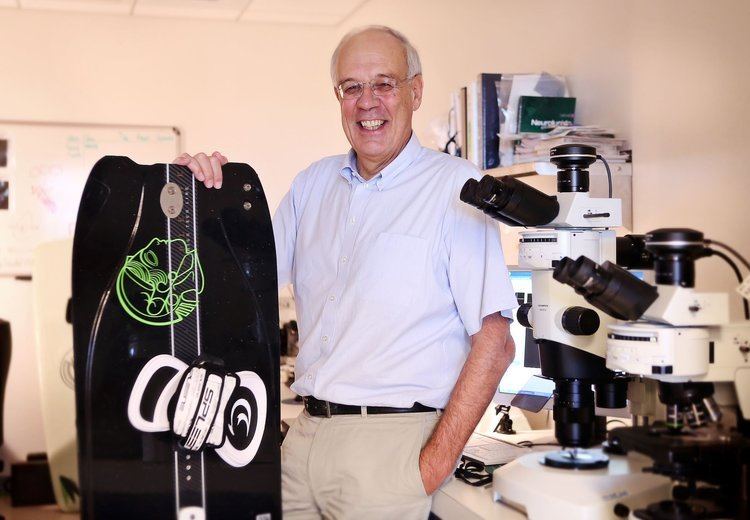
On 2 June 2009, Dr. Peter Gruss, the president of the Max Planck Society, announced that Sakmann would serve as the scientific director of the Max Planck Florida Institute, the organization’s biomedical research facility at Florida Atlantic University in Jupiter, Florida.
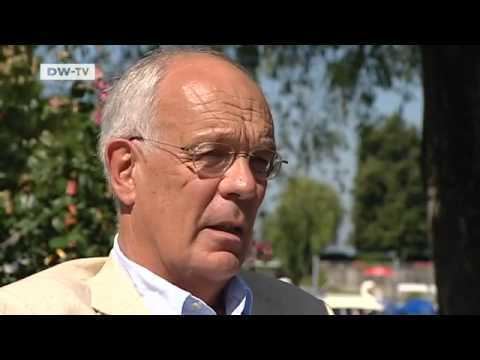
Sakmann is the founder of the Bert-Sakmann-Stiftung.
Awards and honors
In 1986, he and Erwin Neher were awarded the Louisa Gross Horwitz Prize from Columbia University. In 1987, he received the Gottfried Wilhelm Leibniz Prize of the Deutsche Forschungsgemeinschaft, which is the highest honour awarded in German research. In 1991, he received the Harvey Prize and the Nobel prize for Physiology or Medicine along with Neher, with whom he had worked in Göttingen. He was elected a Foreign Member of the Royal Society (ForMemRS) in 1994.
